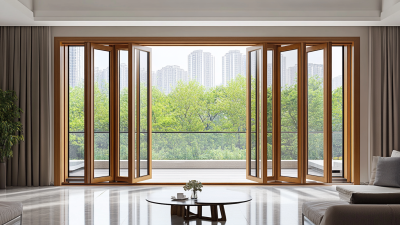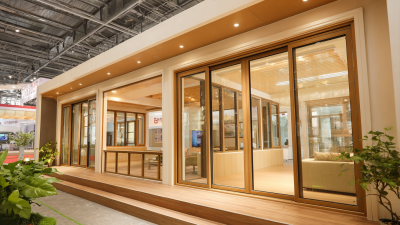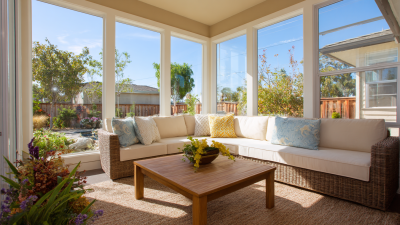In the quest for enhanced energy efficiency in modern homes, the choice of windows plays a pivotal role, with wood windows emerging as a top contender due to their unique blend of aesthetic appeal and functional benefits. According to the U.S. Department of Energy, replacing single-pane windows with energy-efficient wood windows can reduce energy bills by up to 30%. Furthermore, recent studies indicate that wood windows provide superior insulation properties, significantly lowering heat loss compared to other materials. As homeowners seek sustainable and cost-effective solutions, wood windows not only contribute to energy savings but also align with eco-friendly building practices, making them a worthy investment. This ultimate guide will explore the essential factors to consider when selecting the best wood windows for energy efficiency, ensuring your home remains comfortable and environmentally conscious.
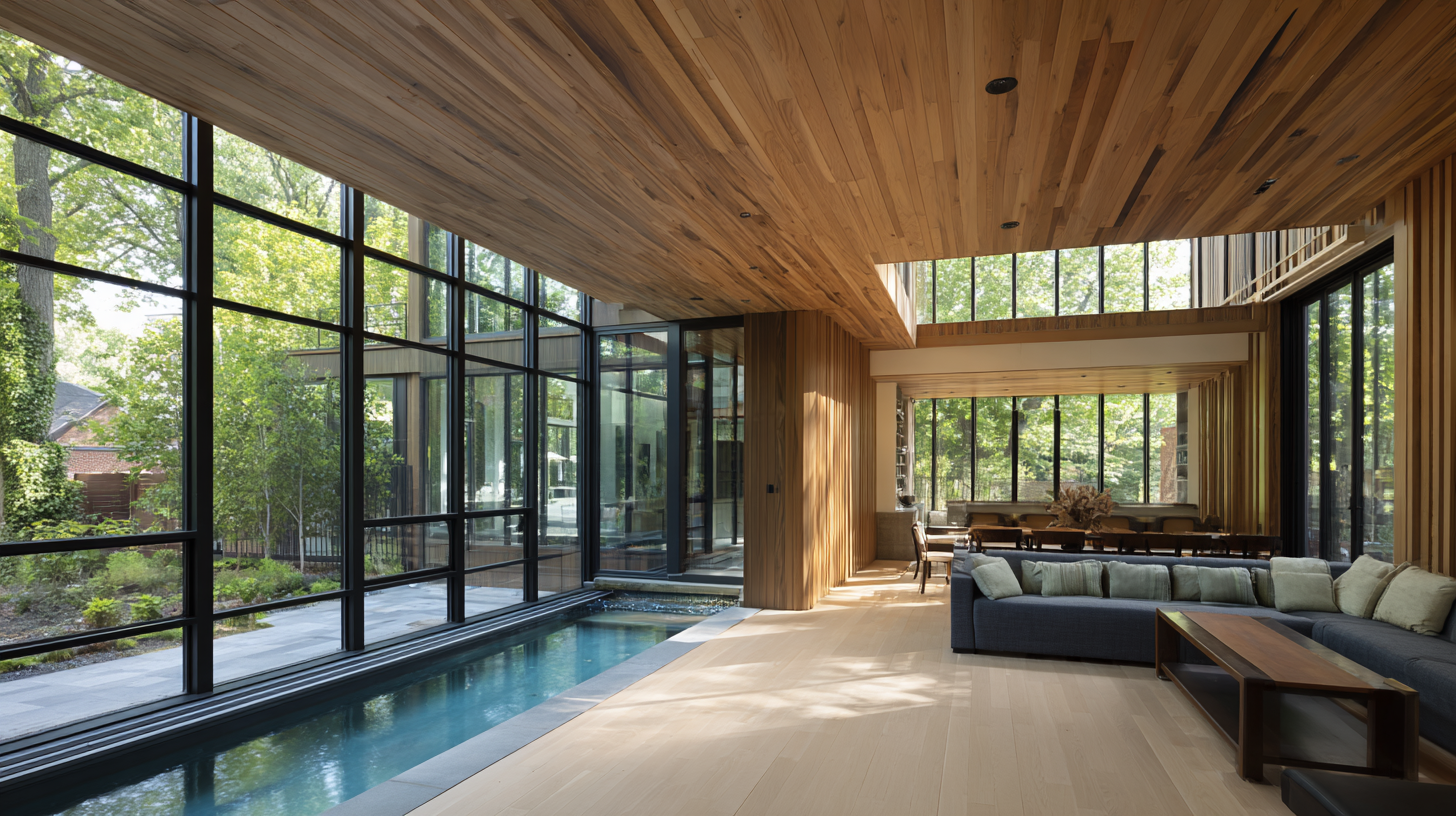
When it comes to energy efficiency, wood windows stand out as a superior choice for homeowners seeking to enhance their home's insulation. According to the National Fenestration Rating Council (NFRC), high-performance wood windows can provide an impressive energy savings of up to 30% annually when compared to standard models. This is primarily due to the natural insulating properties of wood, which help to regulate indoor temperatures more effectively than alternative materials like vinyl or aluminum.
Moreover, the American Society of Heating, Refrigerating and Air-Conditioning Engineers (ASHRAE) emphasizes that well-installed wood windows with low-emissivity (Low-E) glass can significantly reduce heat transfer. This not only lowers heating and cooling costs but also contributes to a more comfortable living environment by minimizing drafts and cold spots. By choosing wood windows that meet ENERGY STAR® criteria, homeowners can further ensure they are investing in products that promote sustainability and energy efficiency, potentially increasing the overall value of their property while reducing their carbon footprint.
| Window Type | Frame Material | Insulation Type | Energy Rating (U-Value) | Average Cost |
|---|---|---|---|---|
| Double Hung | Wood | Double Glazing | 0.30 | $400 |
| Casement | Wood | Double Glazing | 0.25 | $450 |
| Sliding | Wood | Triple Glazing | 0.20 | $550 |
| Awning | Wood | Double Glazing | 0.28 | $460 |
| Fixed | Wood | Double Glazing | 0.22 | $300 |
When selecting wood windows for energy efficiency, it's crucial to understand the various types and how they can cater to your specific needs.
One popular option is double-hung windows, which provide excellent ventilation control with both sashes being operable. Their classic design suits many architectural styles, making them a versatile choice for homeowners looking to enhance energy efficiency while maintaining aesthetic appeal.
Another option is casement windows, which are hinged on one side and open outward. This design allows for a tight seal when closed, significantly reducing air leakage.
Casement windows are well-suited for hard-to-reach areas, offering improved airflow and natural lighting. For those seeking a more modern look, consider fixed-frame windows, which don't open but offer expansive views and superior insulation.
Choosing the right style of wood window is essential to achieving optimal energy performance while complementing your home's design.
When selecting energy-efficient wood windows for your home, it is crucial to consider key features that contribute to optimal performance. One of the most important aspects is the window frame's insulation value, often measured by the U-factor. According to the U.S. Department of Energy, windows with a U-factor of 0.30 or lower can significantly reduce heat loss during colder months. Look for windows made from high-quality wood with insulation-enhancing techniques, such as wood-clad exteriors or composite materials, which can boost energy efficiency.
Additionally, pay attention to the type of glazing used in the windows. Double or triple-pane glass, combined with low-emissivity (Low-E) coatings, can provide superior thermal performance by reflecting interior temperatures back into the home while blocking outside heat during summer months. The National Fenestration Rating Council (NFRC) states that Low-E coatings can improve energy efficiency by up to 30-50%. These features collectively not only enhance comfort but also lead to substantial energy savings, making them a worthwhile investment for homeowners committed to sustainable living.
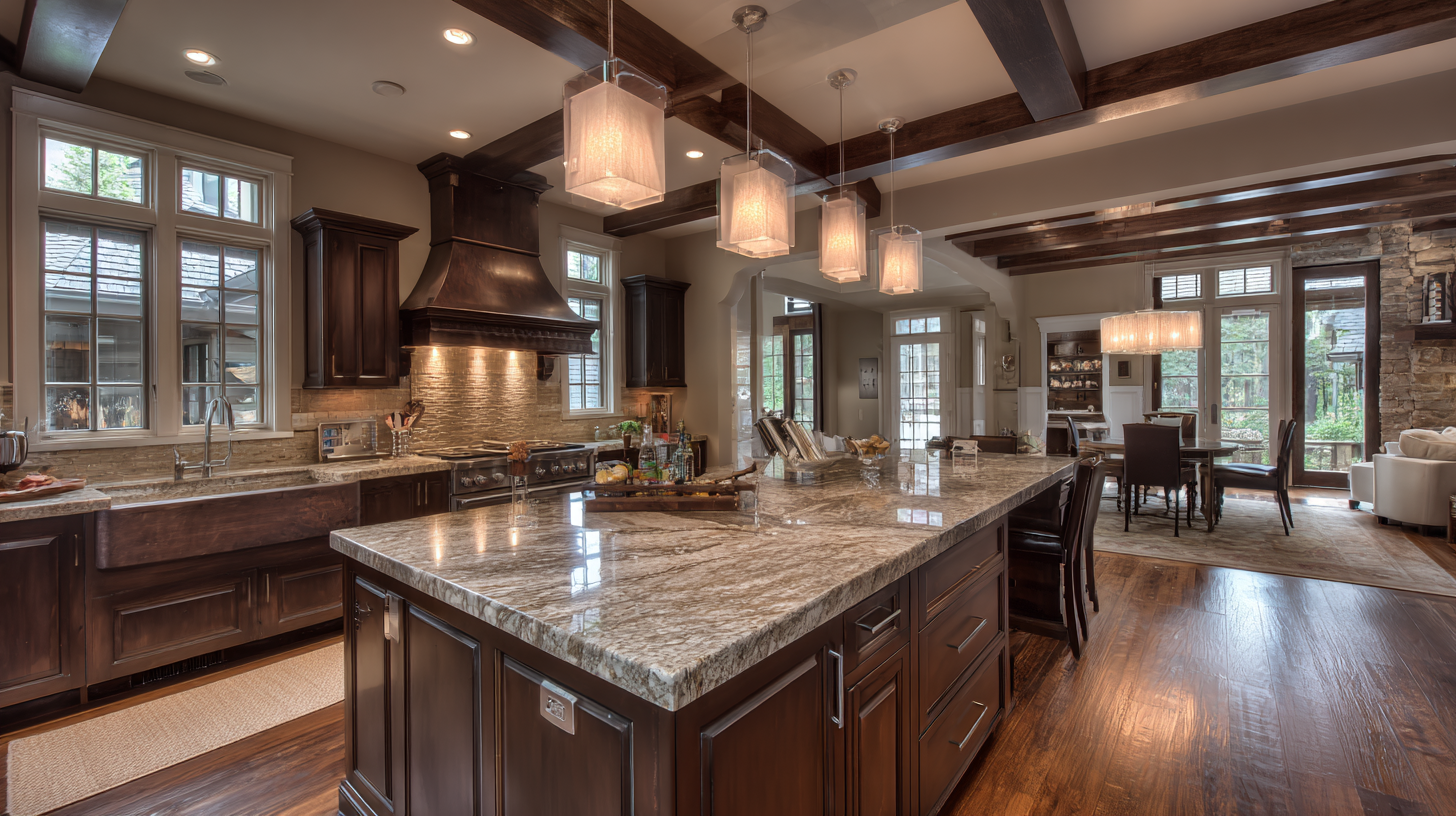
When it comes to energy efficiency in home windows, the choice of material plays a crucial role. Wood windows stand out for their excellent insulation properties, which can significantly reduce heat loss in winter and keep homes cool during summer. Unlike vinyl or aluminum, wood naturally resists the transfer of cold and heat, making it an ideal option for maintaining a stable indoor temperature. Additionally, wood's aesthetic appeal adds value to homes, creating a comfortable ambiance while effectively contributing to energy savings.
On the other hand, materials like vinyl and aluminum, while often seen as cost-effective alternatives, may not measure up in terms of thermal insulation. Vinyl windows lack the same density as wood, leading to potential heat loss. Aluminum is known for its durability but typically requires thermal breaks to prevent heat transfer, which can compromise its efficiency. When considering energy efficiency, the long-term benefits of investing in high-quality wood windows often outweigh the initial costs, ensuring that homeowners enjoy lower energy bills and a reduced environmental impact over time.
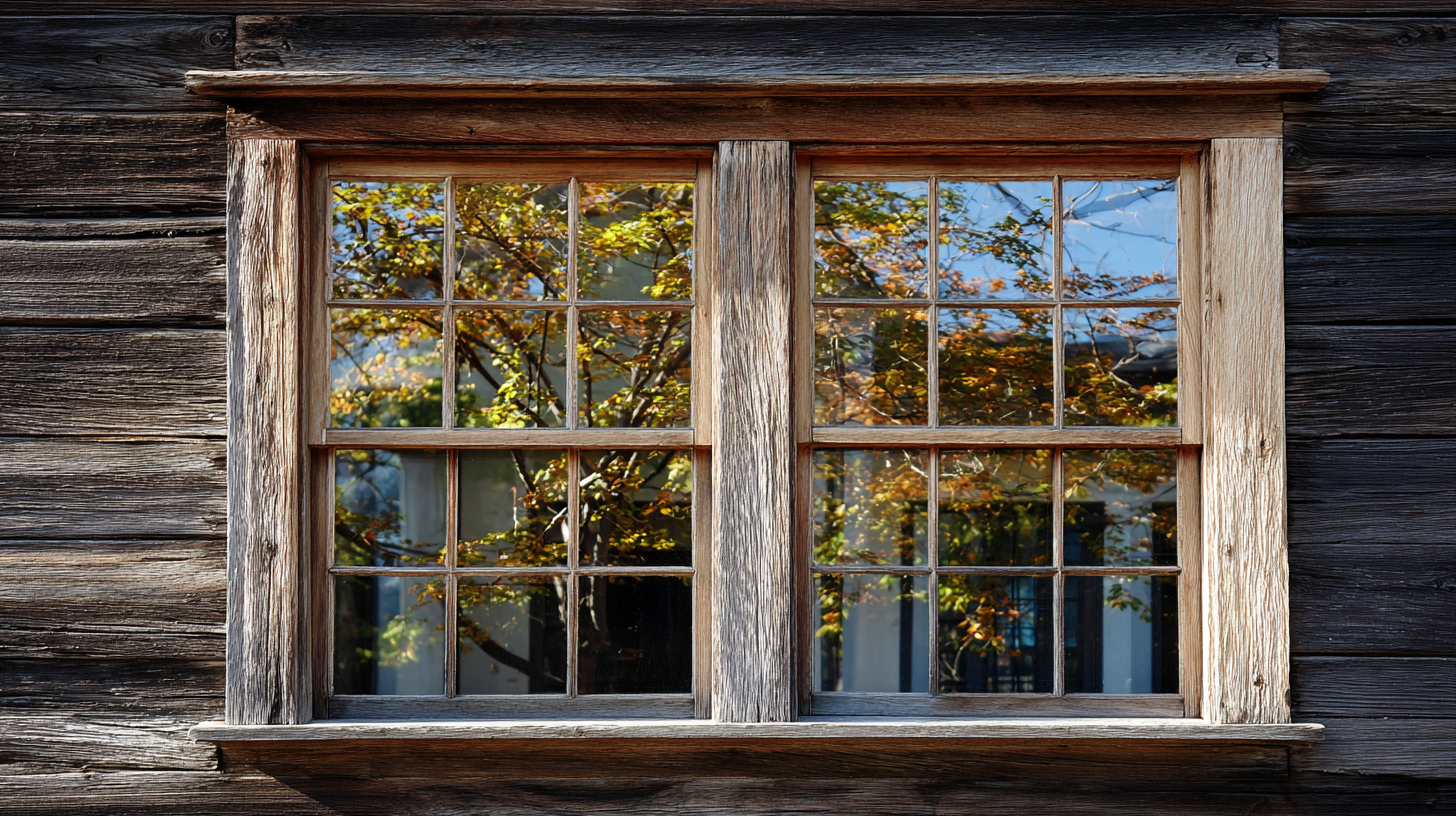
When it comes to maintaining wood windows, regular upkeep is crucial for maximizing their longevity and ensuring energy efficiency. One key tip is to inspect the windows regularly for any signs of damage or wear, such as rot or warping. Early detection can prevent more extensive repairs down the line.
Additionally, sealing and painting your wood windows can protect them from moisture and UV damage. Using high-quality, weather-resistant finishes not only enhances their aesthetic appeal but also acts as a barrier against the elements. Aim to repaint or reseal every few years to maintain their integrity and performance.
Cleaning wood windows is also essential for their maintenance. Use a mild detergent and a soft cloth to gently wipe down the frames and panes. Avoid harsh chemicals that could strip the finish. Regular cleaning helps prevent dirt buildup, which can lead to rot and other issues over time. Following these maintenance tips will ensure your wood windows remain functional and beautiful for many years.
This chart illustrates the energy efficiency ratings (R-values) of various window materials, highlighting the superior performance of wood windows compared to vinyl, aluminum, and fiberglass options. Selecting the right windows is crucial for energy efficiency and overall home comfort.
